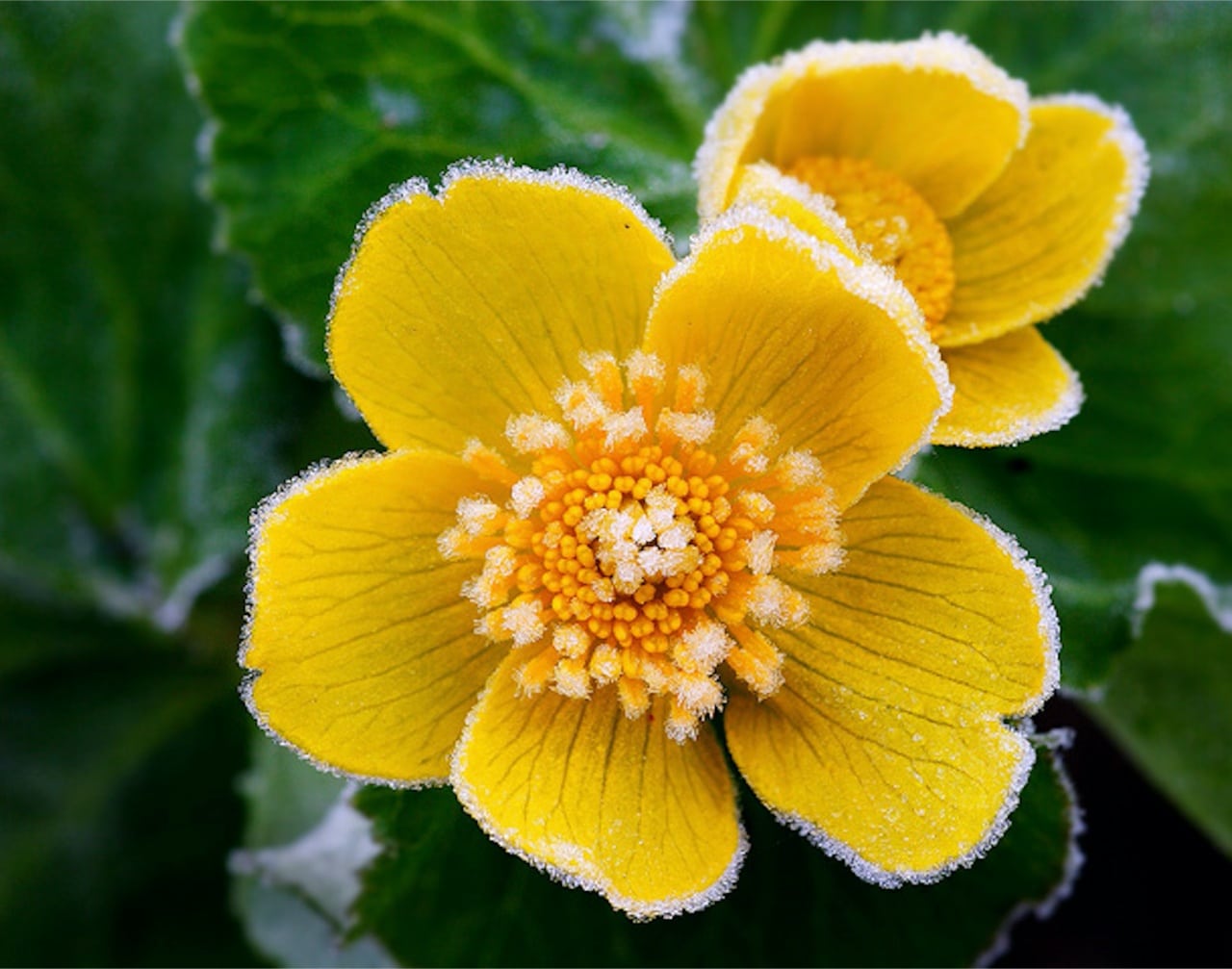How 3 Days of Extreme Weather Helped Shape the 2023 Fall Foliage Forecast
Can a few isolated days of extreme weather impact the foliage season? You bet.

Coffee By Design | Portland, Maine
Photo Credit : Katherine KeenanThe New England fall foliage is superior thanks to a variety of factors. The variety of trees, climate, geography, and topography unique to New England all work together to create the stunning color and scenery the region is famous for. But there are also external influences every year that lead to subtle differences. Basically, the average conditions in the preceding spring and summer help set the stage for the eventual fall color.
We know that the best fall foliage colors come from a long-lasting snowpack, a reasonably wet spring, and a seasonable summer that’s not too wet or too dry. This year had a good setup…except for three significant days.
Day 1: February 4th, 2023 (The Big Winter Cold Snap)
What Happened: A brief but brutal cold snap brought a biting wind and frigid temperatures all the way to the coast. Temperatures fell to double digits below zero in downtown Boston for the first time in over 50 years, and Mount Washington set an unofficial record for the lowest windchill ever in the United States, well beyond 100F below zero.
Impacts on Fall Foliage: Because the wind was so strong and the thermal plunge so brief, the buds on shrubs and flowering trees suffered mightily, as did some of our urban and ornamental trees. Some good news though, invasive pests like spongy moths and hemlock wooly adelgid generally didn’t survive the winter beyond the coast, giving the trees a one-year reprieve.
Other Impacts: While the plant hardiness zone maps have generally been shifting north in recent decades, this was a tough year for our growing prunus cultivation. Peaches and cherry crops were decimated across the region, and a lot of the farm fresh fruit that locals and leaf peepers expect at fairs and farm stands just isn’t available this year. Forsythia only bloomed where snow was covering the low branches, and rhododendrons had significant dieback. Generally, a tough year for so many of the plants we have brought to our suburban landscape.
Day 2: May 18, 2023 (The Big Spring Cold Snap)
What Happened: Incredibly dry air moved over New England, and with light winds and cool skies, temperatures dropped into the teens in Northern New England and the twenties deep into Southern New England. It was the latest freeze in Portland Maine in twenty years, and the last time it was this cold, this late there was sixty years ago. Elevation played a significant role in where things froze and how bad the damage was. The town of Franconia fell to 19F while it only got down to 36F high in the notch just a few miles away.
Impacts on Fall: After the snowpack melted early, and a warm start to the month, trees were leafing out, flowers were in bloom and gardens were in the ground. Oak trees, especially white oak at the northern end of their range, suffered heavily, with frozen leaves withering, turning black and falling off in the weeks after the freeze. Sumac, a colorful autumn leaf, also took a hard loss. Further north, even more cold hardy maples got significantly nipped. By late June, these trees were putting out fresh, new, bright red leaves, using precious energy resources.
Other Impacts: Agriculture in New England was further disrupted by this late freeze, with the apple crop suffering this time. Depending on what stage of bud and flower the trees were in, and just how cold it got, orchards ranged from perfectly fine to near total loss of the crop. When planning to go apple picking this year, be sure to call around. More positive, the freeze again really hit some of the invasive plants hard. Brown, dead stands of Japanese knotweed lined roadsides for weeks after the frost, but sadly, it seems to have regrouped in time to flower now.
Day 3: July 10, 2023 (The Big Summer Storm)
What Happened: After weeks of abnormally dreary, wet and wet weather, soils were already saturated when a storm and high humidity combined to create a day of catastrophic heavy rains and floods. The highest daily rainfall in the capital, Montpelier’s, history led to flooding that eclipsed that of both Hurricane Irene and the 1927 floods. Elsewhere in the state landslides buried roads, while other roads and railways were simply washed away.
Impacts on Fall: Before this storm, there were already stories and imagery of ankle-deep mud and knee-deep water on the Appalachian Trail from Vermont to Maine. This cemented the fact that soils in the northern forest were just going to remain soggy throughout the summer and into fall. The impact on our foliage-bearing trees is simply adding stress. Waterlogged trees can turn early, and we will see patches of very early color this year, especially in swamp maples. But it can also dilute nutrients and energy in trees, reducing the vividness of our display into a more pastel palette.
Other Impacts: Well, let’s start with mosquitos. This fall will be far buggier than usual in New England, likely until the first frost. The opposite side of that is amphibians, who had a fantastic year of full vernal pools throughout the summer. The forests will largely recover from this though, and rather quickly in our resilient and regenerative landscape. The infrastructure, the roads and rails, are also largely repaired at this point, but it will be a long time before the communities are whole again. So many businesses had to gut their physical spaces, throw away inventory, and start over from this historic event. Visiting Vermont this fall foliage season, ski season, and beyond, and choosing to spend your tourism dollars in local towns and villages will continue to be imperative!







